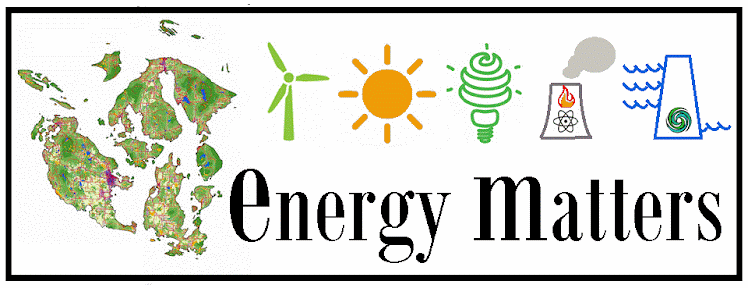The culmination of a Monterey
Institute of International Studies class titled “Islands and Sustainability” is
a 100-page report called “Lopez Island 2025: Sustainable Transformation for
Resilience”.
Lopez Island
population age distribution according to the 2010 US census. This graph is a
nugget of informative findings from the 100 page report “Lopez Island 2025:
Sustainable Transformation towards Resiliency” by a group of Monterey Institute
of International Studies students.
|
This hefty report is the
fruit of labor of 11 graduate students who took the 4-month-long class, taught
mostly via teleconference by Lopez residents Chris and Chom Greacen. Nine of
the students also came to visit Lopez Island and met with community members to
learn various aspects of island life, from transportation, agriculture, energy
use to waste generation.
The report presents an
overview of the current practices in several of the island’s key systems, highlights
some potential risk areas for the island and then suggests potential solutions
to help Lopezians bring about sustainable transformations for resilience. It
contains informative data such as those shown in the population age
distribution chart.


